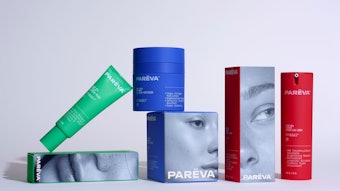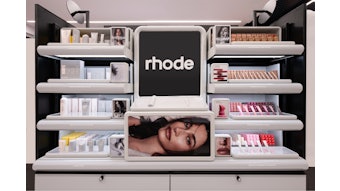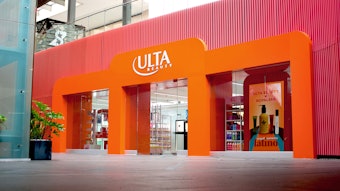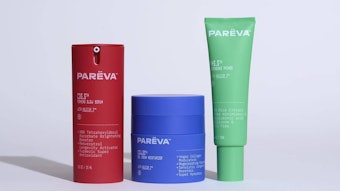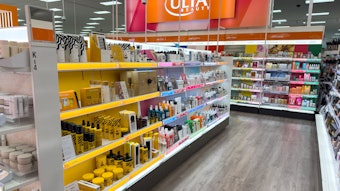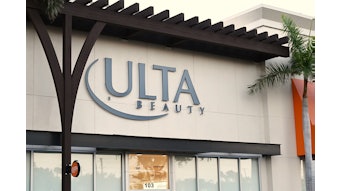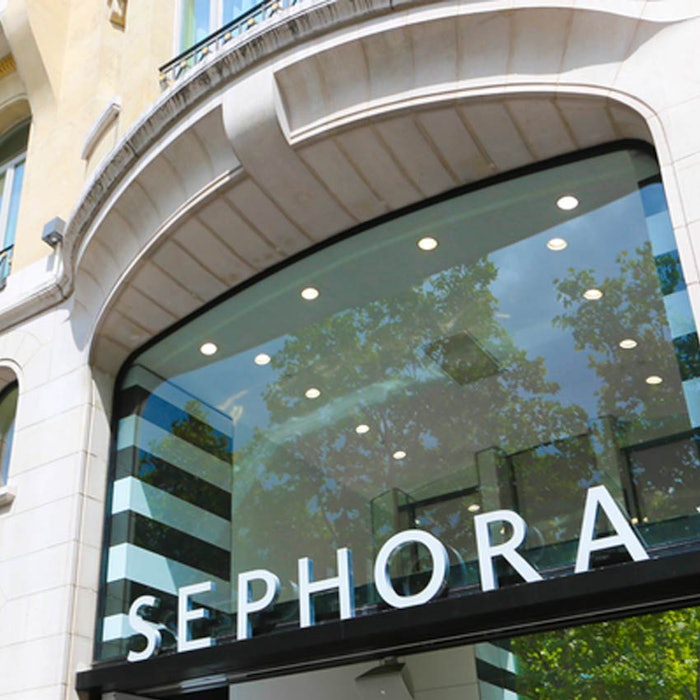
Selling at Sephora can mean prestige, worldwide awareness and the possibility of an amazing future for a beauty company. But of, course, getting in the door is the first mission that brands must accomplish.
Previously: What is the Sephora Shopper Seeking?
The Benchmarking Company asked industry consultants and brands that successfully sell at Sephora about the dos and don’ts of presenting a line to the specialty store giant. Here are eight of the most common mistakes companies make when presenting their line to Sephora—and how you can avoid them:
Further reading: What Are the Sephora Shopper's Influencers?
1. The brand cannot articulate why it is unique.
Quick, what’s your elevator pitch? The standard marketing/communication value proposition pitch can give many beauty brands pause.
Trying to come up with your unique message on-the-spot at the presentation is unthinkable.
- Know why you’re unique, what makes your brand stand out, and articulate why Sephora must carry your brand as the introduction to your successful presentation.
2. Comes unprepared and without proper brand assets.
You’ve successfully made your pitch by phone and, after many months, it’s time for your first face-to-face meeting. Brands are quickly forgotten when the company executives arrive without a proper presentation, without product SKUs in final packaging to showcase, without a working website that tells its story, or without all legal and regulatory i’s dotted and t’s crossed.
- Pitching the world’s most popular beauty specialty store requires preparation, practice, and putting your absolute best foot forward.
3. Brand story does not have an emotional connection to the consumer.
Your skin care line works better than anything out on the market. Women try it and fall in love with it—you know that for a fact. But a product selling at Sephora that does what it’s supposed to do is the bare minimum. What else have you got?
Your brand needs an emotional connection to the consumer. What’s your back story? What is your brand identity, your story to remember, what does your brand stand for? Why will your consumer care about your brand enough to buy?
- Women seek that emotional connection to a brand. Engage her with a memorable and riveting emotional tug at her heartstrings.
4. No developed marketing or business plan.
Like a good emotional connection with your consumers, your brand needs more than just efficacy to succeed. What’s the plan for growth, regardless of Sephora’s involvement?
Who is your target consumer and how are you currently marketing to her? What’s in the development pipeline, what milestones have you achieved, and which ones are you striving to reach by the end of this year?
How engaged and effective is your leadership team? Why should Sephora take a chance with your brand?
• Come prepared with a sound marketing and business plan, just like you would for any would-be investor.
5. Does not know the competitors within Sephora.
If your brand is going to share shelf space with Sephora’s current offerings, you’ll need to understand which brands you’re up against so you can speak to the advantages of your brand versus theirs.
- Due diligence in the form of walking the aisles, being aware of competitor packaging and POS displays, spending quality time on Sephora.com to see how other brands are positioned—all work in your favor when it’s your turn to pitch.
6. Not plugged into the PR scene.
Your public relations activities should be going strong by the time you make your pitch. How many beauty magazines and blogs have written about your products?
Do you have a healthy relationship with the press? How about social media channels—are your “likes” and “follows” measuring up?
Already having traction and engagement on social media and with beauty press will make your brand more desirable. The viral aspect of social media’s tentacles reaches many more consumers than just one marketing channel.
- Make sure members of the beauty press know about your brand. Free social media like Facebook, Twitter, Instagram, and others can help bring about awareness and excitement prior to your Sephora debut.
7. No claims, no reviews, no proof.
Presenting your brand to Sephora without an ounce of positive consumer claims or reviews is like opening the door for a police officer without first seeing his badge. Arrive at the pitch armed with research data from an independent third party research firm proving that women within your target audience find your products to be efficacious on many levels as a result of rigorous consumer studies.
Likewise, encourage your consumers to write product reviews on beauty blogs, Amazon and other review sites to show their love for your line.
- Sephora shoppers are savvy, with 94% finding product reviews from women like them to be important. Have consumer claims ready at your pitch.
8. No adequate capital to launch.
While your brand can certainly increase sales when on Sephora’s shelves, your brand will need to maintain a healthy budget for adequate inventory, product samples, shelving supplies, and sales training and travel to Sephora stores. Is your brand prepared to keep up with demand at Sephora in every way, while also maintaining sales and operations outside of Sephora?
- Success at Sephora requires ample capital to launch—make sure you’re ready.
Finally, know the Sephora shopper! Know her attitudes about Sephora, purchase patterns, behaviors in-store and online, motivators, influencers and triggers to buy.
Whether she’s a millennial, gen-Xer or baby boomer, each generation of Sephora shopper has a unique and positive relationship with the retailer.
Denise Herich is a Co-Founder and Managing Partner at The Benchmarking Company, a bi-coastal consumer research firm borne from The Beauty Company. The Benchmarking Company provides marketing and strategy professionals in the beauty and personal care industries with forward-thinking, need-to-know information about its customers and prospects through consumer research studies, focus groups, annual PinkReports research, and beauty product testing for consumer claims; [email protected].


